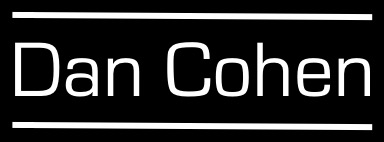This week in the electronic version, and next week in the print version, the Chronicle of Higher Education is running an article (subscription required) on a new software project I’m co-directing, Firefox Scholar, which will be a set of extensions to the popular open source web browser that will help researchers, teachers, and students. My thanks to the many people who have emailed who are interested in the project. For them and for others who would like to know more, here’s a brief summary of Firefox Scholar from our grant proposal to the Institute for Museum and Library Services, which has generously provided $250,000 to initiate the project. Please contact me if you would like occasional updates on the project or would like a beta release of the browser when it is available in the late summer of 2006.
Firefox Scholar, a set of tools incorporated into popular, open, and free web software, will address these major problems by creating a web browser that is “smarter” in two key ways. First, one tool will enable the browser to intelligently sense when its user is viewing a digital library or museum object; this will allow the browser to capture information from the page automatically, such as the creator, title, date of creation, and copyright information. Second, another tool will store and organize this information, as well as full copies of items and web pages (not just their citation information) if so desired by the user and permitted by the institution’s site, allowing the user to sort, annotate, search, and manipulate these individualized collections created for scholarly purposes. Critically, all of this will occur within the web browser itself, not in a separate, standalone application; the web browser will be used not just to discover information, but also to collect, organize, and analyze scholarly materials.

Leave a Reply
You must be logged in to post a comment.